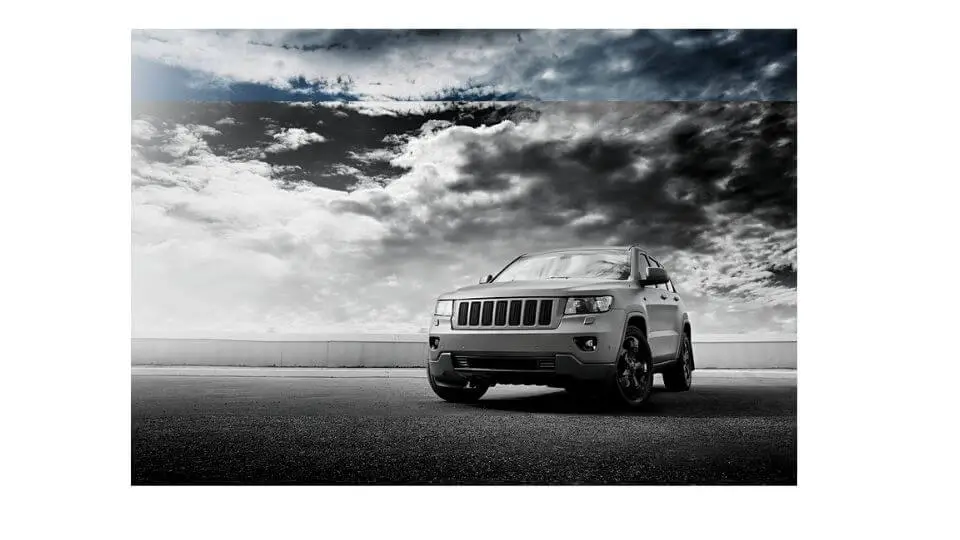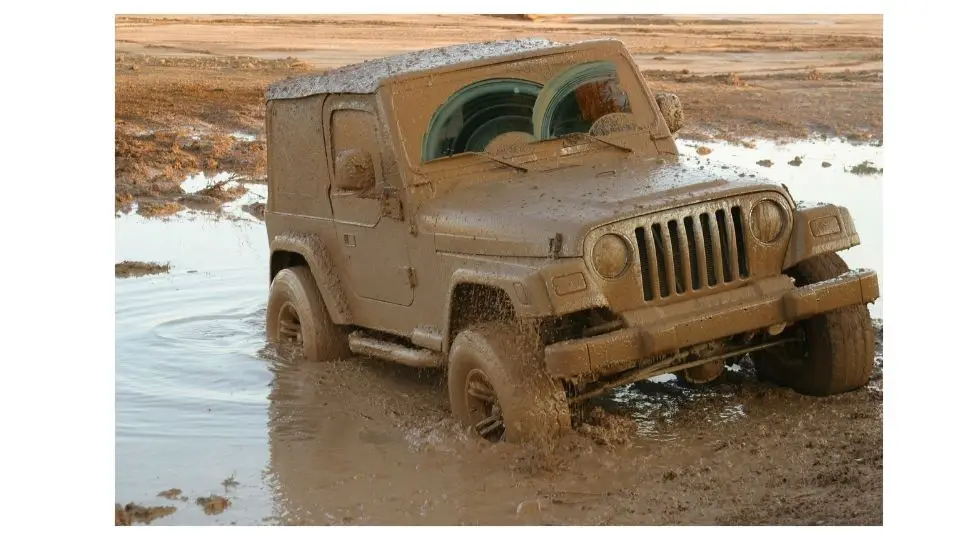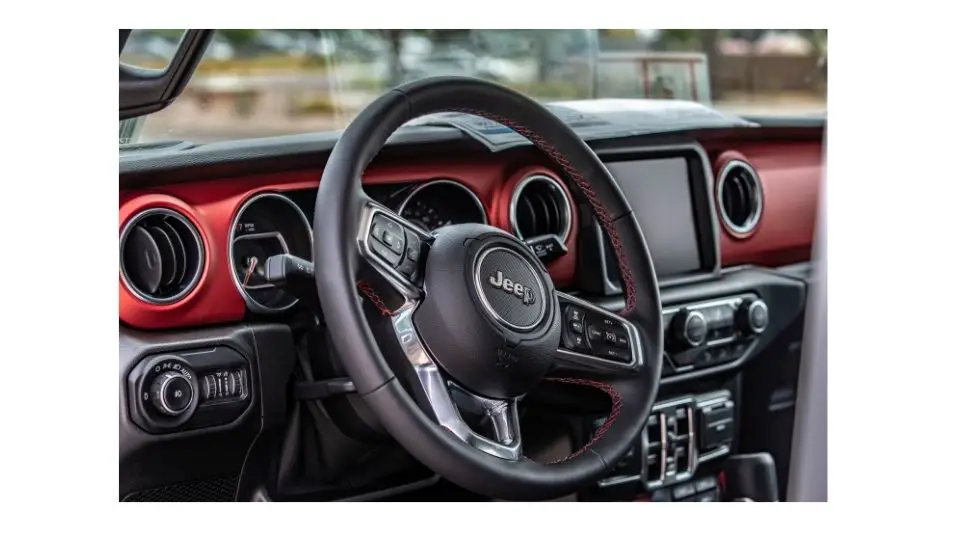A Jeep Cherokee is a great vehicle for adventure. It can take you anywhere and do it with style. However, if you notice that your jeep is losing power while driving, then there are a few things you should check out before continuing on your journey. The most common reason why a car loses power is that the fuel filter or fuel pump has failed, unfortunately, a lot of things can cause a jeep Cherokee to lose power while accelerating, let’s take a look at the most common causes of this problem.
What causes a Jeep Cherokee loses power while driving?
Failing fuel pump:
The fuel pump is responsible for delivering fuel to the engine and if it fails, you will notice your vehicle losing power while you are driving. The car will not be able to accelerate as it should and you might find yourself pressing on the gas pedal more than usual but with little or no response. You may also hear a clicking sound from under the hood or inside the car when you press on the accelerator pedal.
Bad spark plugs:
The spark plugs are responsible for igniting fuel in the cylinders and if they are defective, it can cause poor acceleration and hesitation when you press on the accelerator pedal. You may also notice that there is a rough idle when you start your vehicle after it has been running for some time.
According to KBB.com, a Jeep Cherokee needs to replace spark plugs every 30 000 – 40 000 miles to ensure optimal performance.
https://www.kbb.com/jeep/cherokee/2018/spark-plug-replacement/
Bad fuel injectors:
If your Jeep Cherokee is hesitating when you press on the gas pedal, it may be due to bad fuel injectors. Fuel injectors are responsible for delivering a specific amount of fuel into each cylinder and if they are defective, there will be too much or too little fuel being delivered at any given time. This can cause hesitation when accelerating and also poor performance overall.
Bad catalytic converter:
This is one of the most common problems with vehicles, especially older ones. The catalytic converter is responsible for converting carbon monoxide and unburned hydrocarbons into harmless gases before they leave your exhaust system. If it fails to do so, your engine will run very poorly and may stall out completely when you step on the gas pedal.
Crankshaft position sensor failure:
The crankshaft position sensor failure is one of the most common causes of this problem. You can check this sensor by checking the resistance between two terminals on the sensor. If it has high resistance, replace it. Also, check the system voltage between these two terminals while the engine is idling at low speed. If there is no voltage detected, replace the sensor.
Bad MAF Sensor:
Another common cause of this problem is that your MAP sensor might be defective or damaged. This can cause an inaccurate reading of air pressure in your engine. If you have noticed any exhaust gases leaking from your tailpipe or there is a fuel smell inside your vehicle, then you should have your MAP sensor checked and replaced if necessary.
Faulty Transmission:
A faulty transmission can cause several problems including loss of power while driving and stalling out when going up hills or accelerating hard. The main symptom of this problem is that it will make a whining noise while driving at speeds above 30 mph or so (depending on how bad the problem is).
What to Do if your Jeep Cherokee Loses Power While Driving?
- Have the car diagnosed, you can either do it yourself using an obd scanner or have a mechanic do it for you. A mechanic will be able to tell you if anything is wrong with your engine or if it’s a problem with something else like the air conditioning system or fuel system. If they find an issue with one of these systems, they’ll be able to repair it quickly and cheaply.
- If it is a mechanical issue, then have the issue fixed immediately so that you don’t risk getting into an accident.
- If it is an electrical issue, then check all of the fuses and relays in the engine compartment and under the hood of your vehicle and replace any that are defective.





